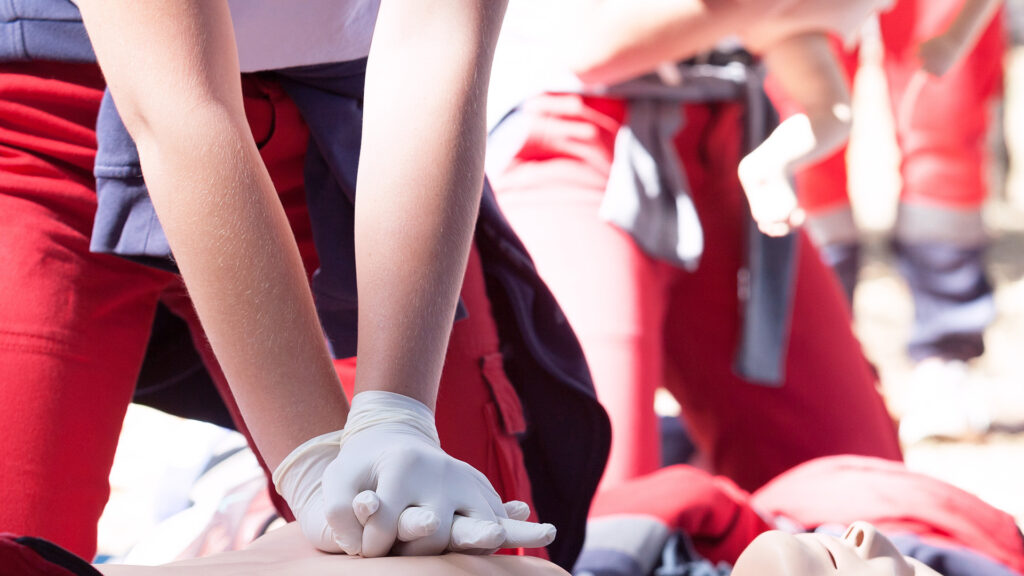Workplace injuries don’t send a memo, first aid could be the difference between a close call and a catastrophe.
One moment, everything’s fine. The next? Someone’s gashed their hand, taken a nasty fall, or is gasping for air. When medical help isn’t immediately available, what you do next matters. First aid isn’t just about bandages, it’s about keeping things from getting worse until the pros arrive.
Every job comes with risks, so knowing what could go wrong is half the battle.
The hazards in a construction zone aren’t the same as the dangers lurking in an office. Construction workers deal with power tools, falls, and heavy machinery mishaps, while office workers face ergonomic nightmares, electrical hazards, and yes, serious paper cuts. Step one? Identify your workplace risks and stock a first-aid kit that actually helps.
Your first-aid kit should do more than collect dust in a supply closet.
A real first-aid kit isn’t just bandages and aspirin, it’s your lifeline in an emergency. It should include:
- Bandages for cuts, burns, and blisters
- Antiseptic wipes, antibiotic ointment, and eyewash
- Cold compresses for sprains and swelling
- Gloves, scissors, tweezers, and other essentials
Pro Tip: First-aid kits expire. That antiseptic packet from 2017? Toss it.
Know when to act, and when to step back.
Your instincts may scream “help now!” but rushing in without assessing the situation can make things worse. Before jumping in:
- Check for danger. Don’t become the next victim.
- Communicate. Get consent before giving aid.
- Call 911 for serious cases. Some situations require immediate professional help.
Bleeding, burns, fractures, choking, you better know what to do.
- Cuts & Wounds: Apply gentle pressure, elevate the limb, and don’t poke at it.
- Burns: Cool with water (not ice!), never pop blisters.
- Fractures & Sprains: Follow RICE, Rest, Ice, Compression, Elevation. If it’s clearly broken, don’t move it.
- Choking: If they can’t cough, speak, or breathe, Heimlich maneuver ASAP. If you’re the one choking, use a firm surface like a chair to force it out.
Recovery positions matter, because breathing is kind of important.
Someone unconscious but still breathing? Turn them onto their side. This keeps their airway open and prevents choking. Simple, but life-saving.
No first-aid kit? Time to improvise.
No bandages? Clean fabric works in a pinch. No antiseptic? Use clean water. Avoid random home remedies (looking at you, butter-on-burns crowd).
Helping is great, but don’t go beyond your training.
Good Samaritan laws protect those who help in an emergency, but only if they follow proper procedures. Acting recklessly or beyond your training can get you into legal trouble. Know your limits.
First aid is crucial, but CPR is the real game-changer.
Stopping a bleed is one thing, but what happens when someone’s heart stops? That’s when CPR training becomes the ultimate life-saving skill. If you want to level up your emergency response knowledge, check out the First Aid: CPR Training Course. Because saving lives shouldn’t be left to chance.
Expand Your Knowledge with Workplace First Aid Training.
This course introduces first-aid basics, but there’s always more to learn. For a deeper dive into workplace injuries, emergency response, and proper first-aid techniques, enroll in our First Aid: Preparation and Response Training Course today.
References



